Making my own lasagna has always been a family favourite. It’s not fancy or anything; pretty basic I’d say. I find making Lasagna is one of the easiest things to do because you can make it before guests arrive or take it already cooked to a pot-luck supper. We recently celebrated my son Taylor’s birthday so I made this lasagna at his request.
I usually make meat lasagna with local, lean ground beef from my favourite community grocer, the B & H (click here for their website). You can always add other ground meat of your choice like chicken, turkey, sausage, or even lamb but I can’t guarantee how this modification would taste since I’ve never tried it. I have also made vegetable lasagna to suit vegetarian guests. And I’ve also added finely grated carrots to the meat sauce to discreetly increase the veggie content. I use my large roasting pan to make the lasagna in because I like it thick. It’s important to plan ahead. You need to bake this lasagna for about 50 minutes, remove from the oven, THEN let it ‘sit’ for an hour, covered. The juices need to absorb into the noodles so it stays together when you cut it. If you cut it when it’s hot out of the oven it will fall apart. It’s still tasty anyway.
This lasagna goes nice with a green salad and garlic bread.
Meat Lasagna Recipe – serves about 12 people
from my cookbook Mom’s Recipes
- Lasagna noodles, uncooked store bought or homemade
- 1-2 lbs. local, lean ground beef
- 2 cans pasta sauce (680 ml. size) or your own homemade
- 2 containers of 1% cottage cheese (500 ml. size each)
- Mozzarella cheese, grated (I use approximately 300 grams or about 2 cups grated)
- Olive Oil
Steps:
- Brown ground beef until thoroughly cooked. Add pasta sauce and mix will.
- Oil the roasting pan or other deep baking dish.
- Place a layer of uncooked lasagna noodles in the bottom of the pan. You might need to break some to fit them in.
- Place a thick layer of meat sauce (about ¾) over the lasagna noodles.
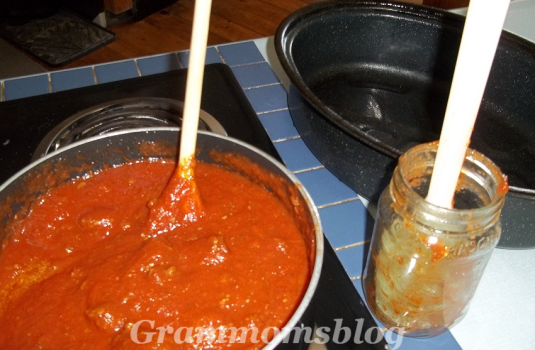
- Top with another layer of noodles.
- Spread the cottage cheese over this layer of lasagna noodles. Top with another layer of noodles.
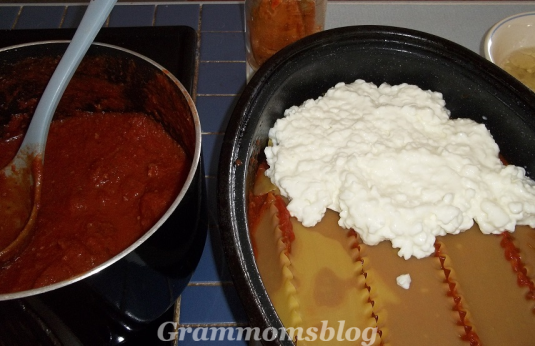
- Add another layer of meat sauce, reserving some for the last layer. Top with another layer of noodles.
- Spread the remaining meat sauce over the lasagna noodles. Top with a generous amount of grated mozzarella cheese.
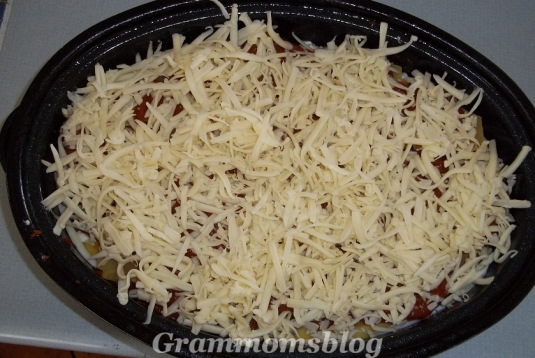
- Bake at 350F degrees uncovered for about 50 minutes.
Remove from the oven and place on top of your stove or on a wire rack for an hour.
Slice into pieces. The first one you take out should be the end piece, then you can easily lift out all the others.
For vegetarian lasagna, leave out the meat. Add slightly cooked veggies of your choice: broccoli, carrots, onions, celery, cauliflower, mushrooms, zucchini, peppers, etc. Everything else is the same.
You can make half as much of this recipe in a smaller baking dish. Cut down the baking time by 10 minutes. You might want to have leftovers as these lasagna pieces re-heat very well for your lunch of another supper.
Bon appetit!

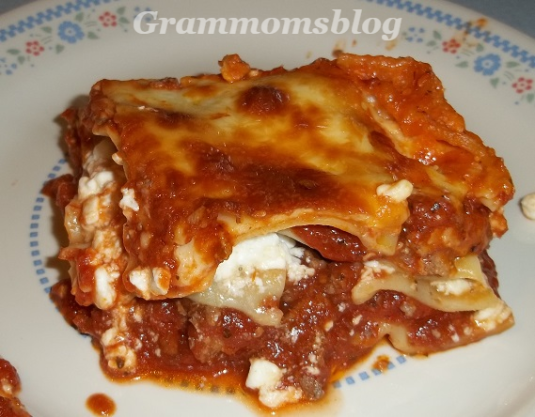

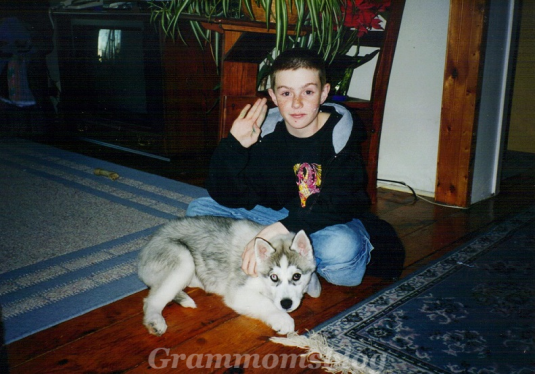
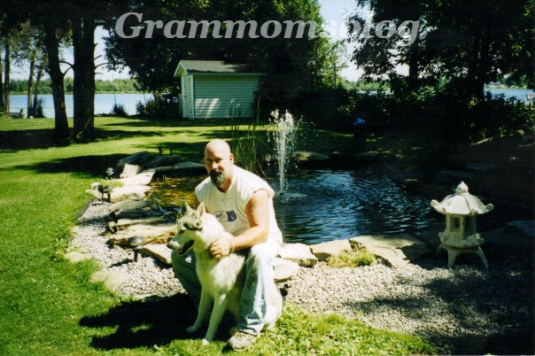
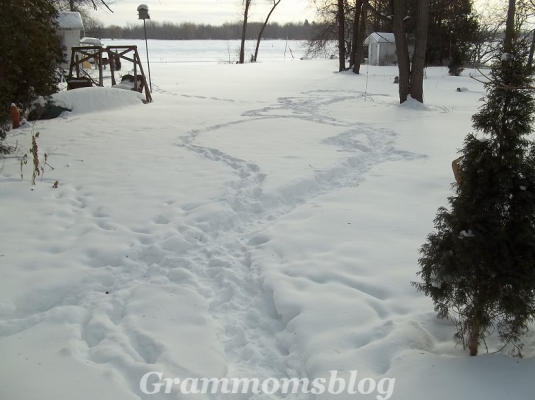
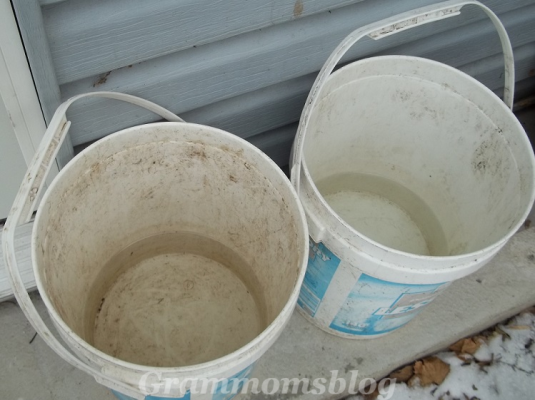
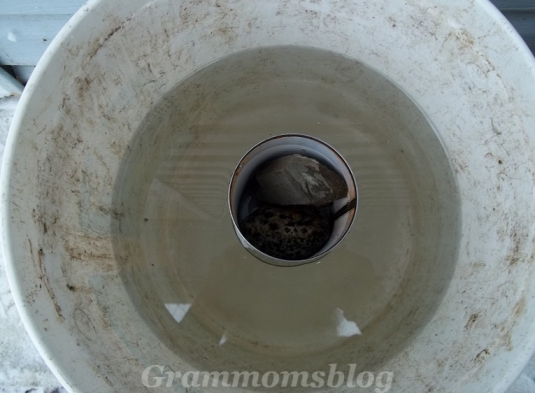
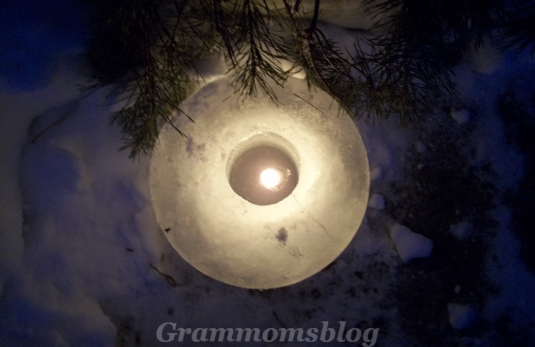
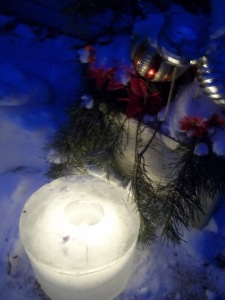
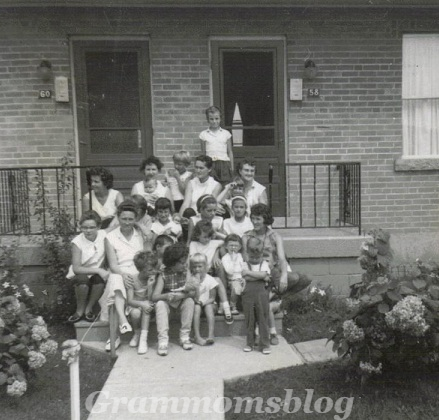
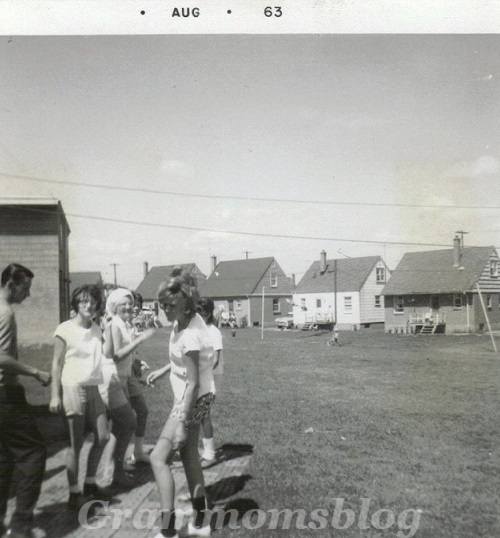

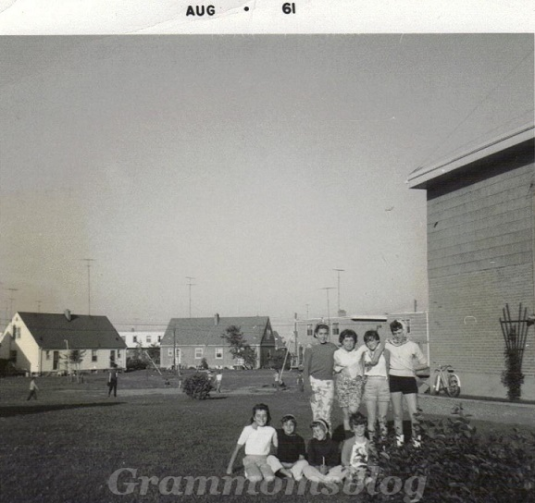
Recent Comments